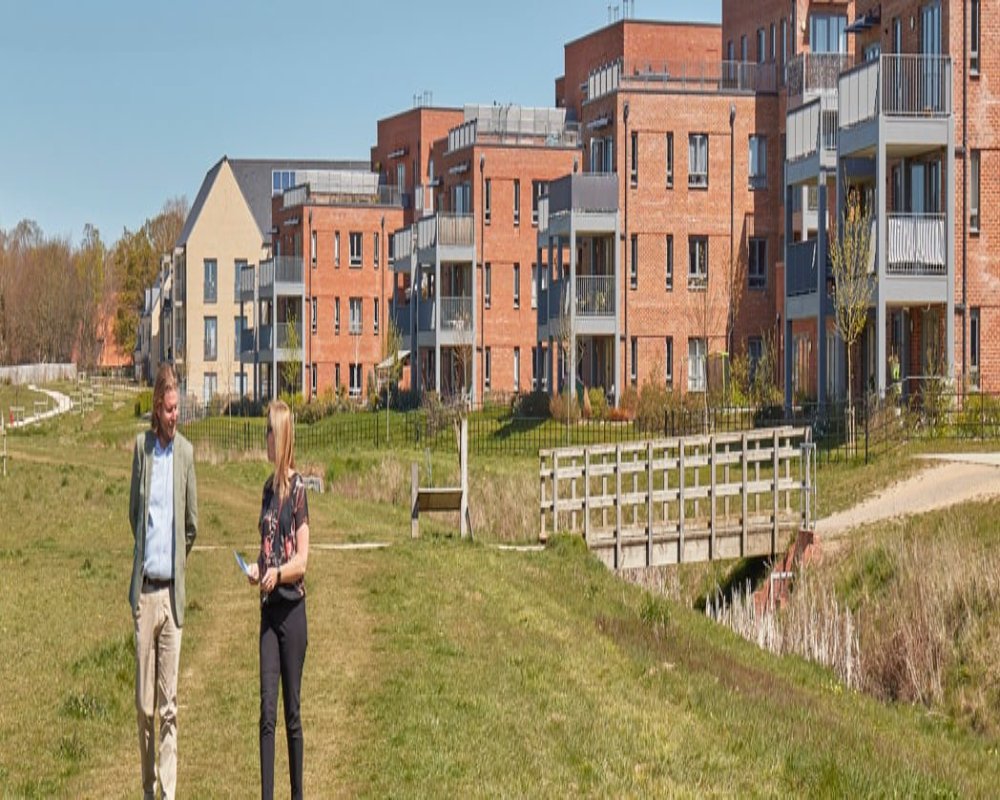Introduction
Before embarking on any construction or real estate project, one of the most crucial steps is determining whether a piece of land is development-ready. Assessing land for development readiness involves a systematic and multidimensional analysis to evaluate whether the property can support the proposed development from legal, physical, environmental, infrastructural, and economic standpoints. This process is essential for reducing risk, minimizing unforeseen complications, and ensuring efficient project execution. For commercial developments in particular, where investment amounts are high and timelines are critical, understanding land readiness is key to project feasibility and long-term profitability.
Understanding Development Readiness
Development readiness refers to the extent to which a parcel of land is prepared to be developed in accordance with local regulations, market demand, and construction feasibility. A development-ready site is one that meets all regulatory conditions, has access to essential infrastructure, poses no major physical or environmental challenges, and is aligned with both financial objectives and community needs.
Legal and Zoning Considerations
Zoning and land use regulations are the foundation of land readiness. Every piece of land falls within a zoning category that dictates what types of development are permissible—whether residential, commercial, industrial, or mixed-use. A land parcel must be legally compatible with the intended development type. If zoning is not appropriate, rezoning or special use permits must be pursued, which can introduce delays and uncertainty. Clear land titles, absence of legal disputes, and no restrictive covenants or easements further indicate legal readiness for development.
Physical and Environmental Suitability
The physical attributes of the land—such as its size, shape, slope, soil composition, and drainage characteristics—play a major role in determining its development readiness. Land that is flat and stable is typically more suitable for commercial construction, while steep or irregularly shaped plots may require costly modifications. Environmental factors, including the presence of wetlands, flood zones, contamination, or protected ecosystems, must also be assessed. Environmental impact assessments (EIAs) and mitigation strategies may be required to comply with regulations, adding to the timeline and complexity of the project.
Infrastructure and Utility Access
The availability of basic infrastructure and utility services is another critical factor in assessing development readiness. Access to roads, water supply, sewer lines, electricity, gas, and high-speed internet significantly reduces development time and costs. If the land lacks these utilities, developers must factor in the cost and time needed to install or extend them. Moreover, transportation accessibility—such as proximity to highways, public transit, or airports—enhances the commercial viability of the land.
Market Demand and Economic Viability
Even if a site is physically and legally ready for development, it must also meet market demand. Developers must evaluate whether the proposed development aligns with the needs of the surrounding population and economic trends. Key indicators include population growth, household income, employment patterns, consumer behavior, and competitive supply in the area. A thorough market study helps confirm that there is adequate demand to support and sustain the development once completed.
Permitting and Governmental Support
Permitting processes vary by jurisdiction, and the ease or difficulty of obtaining necessary approvals can affect whether a site is truly development-ready. Efficient permitting systems and local government support can accelerate the timeline, whereas lengthy reviews or community opposition can slow or stop a project. Developers should engage with planning authorities early in the process to identify all permitting requirements and to foster a cooperative relationship with decision-makers.
Financial Considerations
The final pillar of development readiness is financial feasibility. Developers must evaluate the cost of land acquisition, infrastructure, environmental remediation, permits, construction, and financing. These costs must be weighed against projected revenue, occupancy rates, lease values, and resale potential. A development-ready site must support a financially viable project that provides an acceptable return on investment. Without a favorable financial outlook, the project may not be sustainable even if all other conditions are favorable.
Conclusion
Assessing land for development readiness is a critical phase that lays the groundwork for successful real estate and commercial projects. It is a holistic process that goes beyond simply owning a plot—it demands rigorous evaluation across multiple dimensions, including legal status, physical suitability, environmental factors, infrastructure access, market potential, and financial viability. Only by thoroughly assessing these factors can developers make informed decisions, minimize risks, and ensure that their investments lead to efficient, sustainable, and profitable developments. As the real estate landscape grows more complex and competitive, mastering the principles of land readiness becomes an essential skill for anyone involved in property development.
Hashtags
#LandAssessment #DevelopmentReadiness #RealEstateDevelopment #LandUsePlanning #SiteEvaluation #UrbanPlanning #PropertyDevelopment #SustainableDevelopment #LandSurveying #ZoningLaws #EnvironmentalImpact #InfrastructurePlanning #LandInvestment #DevelopmentOpportunities #CommunityPlanning #RealEstateInvesting #LandDevelopment #SiteSelection #PlanningForGrowth #SmartGrowth


